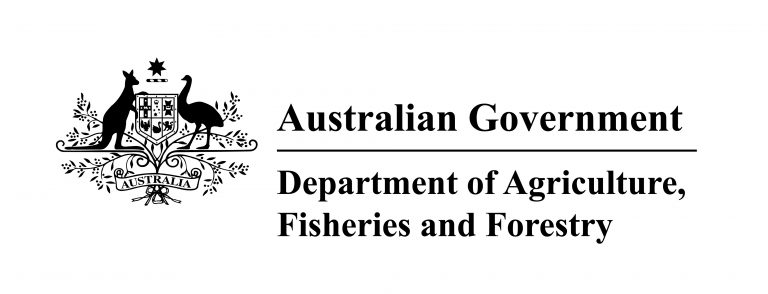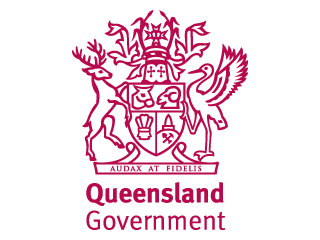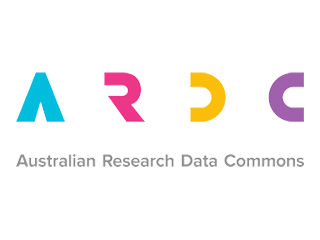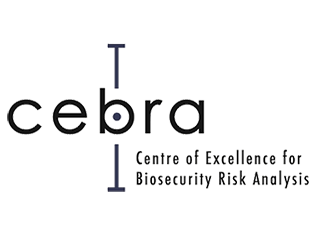Frequently asked questions
Is Biosecurity Commons only available in Australia?
No, the platform can be used anywhere.
Most of the spatial layers we currently have on the platform, except for climate data, are Australian but users can upload their own layers for their area of interest.
Is Biosecurity Commons free?
Yes, it’s free to use.
Can anyone sign up?
Yes, anyone can sign up.
How do I request an account?
Head to our sign in page and click on request a Biosecurity Commons account. Fill out the form and we will create your account.
If your organisation is part of the Australian Access Federation (AAF) you can sign in without needing to create an account. Head to our sign in page and click on Australian Access Federation, search for your organisation and sign in using your credentials.
Do you have a newsletter?
Yes, you can sign up to our newsletter.
How do I contact support if I have a problem with the platform?
Contact us on support@biosecuritycommons.org.au if you have any issues.
Do you have any resources on how to use the platform?
Yes, our quick start guides introduce the platform to get users started. Head to the homepage of our website and select the ‘Quick Start Guides’ drop-down-menu at the top of the page.
We also have support articles describing how to use the platform. These can be found on our support portal.
And we have a suite of tutorial videos on our Youtube channel.
Where can I find the forum?
The forum can be found on our support portal.
Do you offer training?
Yes, we offer training. Sign up to our newsletter to hear about our latest training opportunities.
What are the limits for storing your own data?
1Gb maximum file size and 10Gb for a basic account.
Can I share my results?
Yes, find out how to do this on our support portal.
Can you use vector data instead of raster data?
We are incorporating vector data on the platform.
Can users reproduce results from models?
Yes, workflows/models are reproducible on the platform and shareable to others. The outputs allow you to download the underlying R code base for creating the models offline on your own machine.
Can the spatial data be in different projections, or do you only support WGS84 (lat/long)?
You can specify your own template raster in whatever projection you want.
By default, we use equal area projections for Australia, but you can use other projections you think are appropriate.
What resolution can users choose?
You can load up your own template raster at whatever resolution you want. However, going finer will likely lead to longer compute times, unless you’re running it for a very small area.
Can outputs be exported and used in other GIS software?
Yes, outputs can be exported from ‘My results’.
Do you have examples of workflows that I can use?
Yes, some of the workflows include templates you can use. These can be accessed when you create a new project and select the project template from the drop down menu.
We also have tutorial videos embedded in the platform and on our Youtube channel.
How can I request additional features or datasets?
Contact us on support@biosecuritycommons.org.au.
How do I use Biosecurity Commons responsibly and accurately?
Making tools like Biosecurity Commons more accessible makes them more prone to misuse.
That is why it is important that such models are built and shared with relevant experts before they are endorsed and used in decision-making.
How do I cite Biosecurity Commons?
Please use the following: “Biosecurity Commons. 2024. Biosecurity Commons: A cloud-based decision-support platform for modelling and analysing biosecurity risk and response. (http://biosecuritycommons.org.au/). DOI: https://doi.org/10.47486/PL021.”
Users should cite the underlying source material. This can be found in the information tab when a user produces an output in a workflow.
How can I work with Biosecurity Commons?
If you think we could work together you can send us a message through our contact us page.
Our partners
Biosecurity Commons is a joint initiative of the Australian and Queensland Government, the NCRIS-funded Australian Research Data Commons (ARDC) and four other organisations.
- Biosecurity Commons received investment (https://doi.org/10.3565/5rgj-z585) from the Australian Research Data Commons (ARDC). The ARDC is enabled by the National Collaborative Research Infrastructure Strategy (NCRIS).









